Proper pinion angle is crucial for optimal gearing and drivetrain performance in your vehicle, yet it is one of the most overlooked components during routine maintenance and inspection. A pinion angle that is improperly set, whether too steep or too shallow, can lead to excessive wear on expensive drivetrain parts like differential gears and drive shaft universals over time.
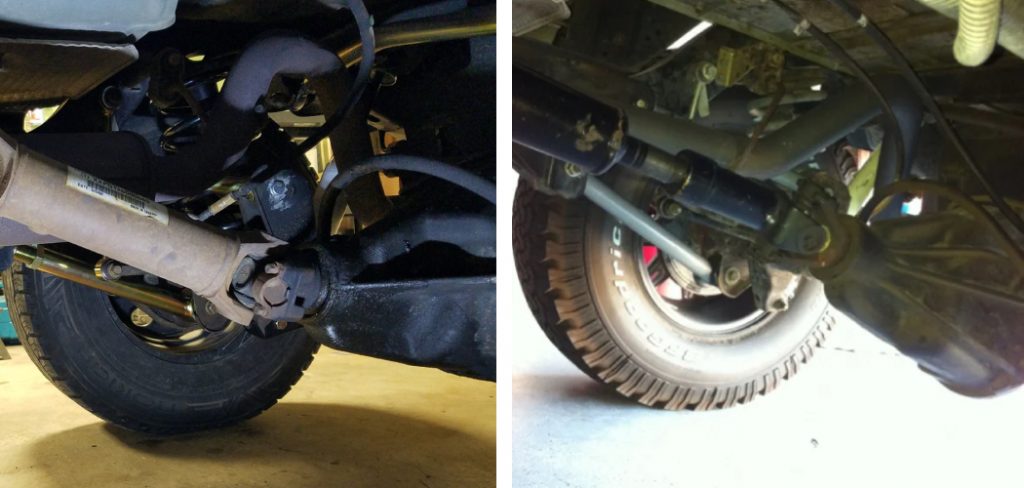
By taking the time to accurately measure and, if needed, adjust your vehicle’s pinion angle, you can help prevent costly repairs down the road and ensure your drivetrain is functioning at its best. In this blog post, I will discuss how to find pinion angle. Through a simple inspection and adjustment process, you can keep your drivetrain healthy and saving yourself repair bills in the future.
Why May You Want to Find Pinion Angle?
1 . To Prevent Vibrations and Damage to Your Vehicle
As you may know, the pinion angle is the angle between the driveshaft and the differential. When this angle is not correctly set, it can cause vibrations in your vehicle, which can lead to damage over time. By finding and adjusting the pinion angle, you can prevent these issues from occurring and keep your vehicle running smoothly.
2 . To Improve Handling and Traction
Another reason why you may want to find pinion angle is to improve the handling and traction of your vehicle. When the pinion angle is not set correctly, it can affect how power is transferred from the engine to the wheels. This can result in poor handling and traction, which can be dangerous and limit your control over the vehicle. By finding and setting the correct pinion angle, you can improve your vehicle’s overall performance and driving experience.
3 . To Ensure Proper Driveline Alignment
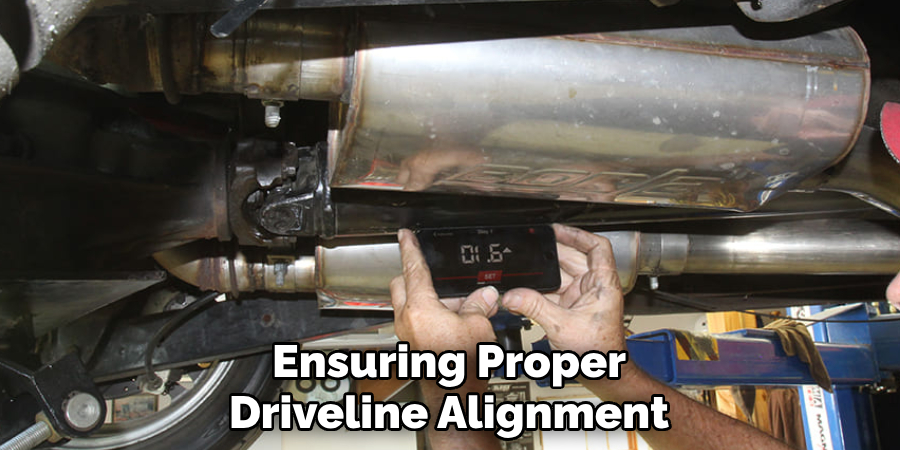
Finding the pinion angle is also important for ensuring proper driveline alignment. When the pinion angle is off, it can cause misalignment in the driveshaft and other components of the drivetrain. This can lead to premature wear and tear on these parts, resulting in costly repairs down the line. By finding and adjusting the pinion angle, you can ensure that all components of your driveline are properly aligned and functioning correctly.
4 . To Make Modifications or Upgrades
If you are making modifications or upgrades to your vehicle, such as installing a lift kit or changing the rear axle, it is crucial to find and adjust the pinion angle. These modifications can affect the pinion angle, and if left unchecked, they can cause issues with handling, traction, and driveline alignment. By finding and setting the correct pinion angle after making these changes, you can ensure that your vehicle is still performing at its best.
How to Find Pinion Angle in 5 Easy Steps
Step 1: Understanding Pinion Angle
Pinion angle refers to the angle between the driveshaft and the pinion gear in a rear-wheel-drive vehicle. It is an important aspect of a vehicle’s drivetrain as it affects the suspension, handling, and overall performance of the vehicle. A proper pinion angle ensures smoother power transfer from the transmission to the wheels.
Step 2: Tools Needed
To find the pinion angle, you will need a few tools: a jack, jack stands, a measuring tape or protractor, and a friend to help with measurements.
Step 3: Preparing Your Vehicle
Park your vehicle on a flat surface and engage the parking brake. Use the jack to lift the rear end of the vehicle and place jack stands under the frame for support. Make sure the vehicle is securely and evenly supported before proceeding.
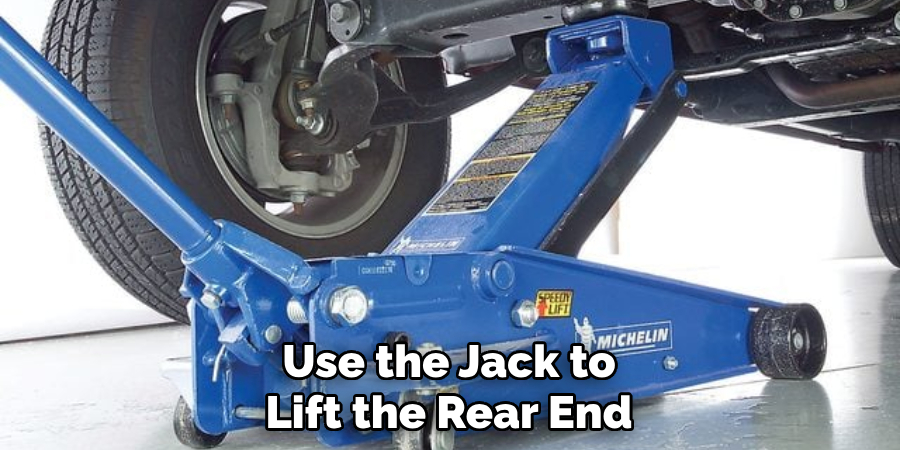
Step 4: Taking Measurements
With your friend’s help, measure the angles of both the driveshaft and pinion gear using a measuring tape or protractor. Take note of these measurements as they will be used to calculate the pinion angle in the next step.
Step 5: Calculating the Pinion Angle
Using the measurements from step 4, you can now calculate the pinion angle. To do this, subtract the angle of the driveshaft from the angle of the pinion gear. The result will be your vehicle’s pinion angle.
Additional Tips and Considerations
1 . Do Not Neglect the Pinion Angle
The pinion angle is an essential aspect of a vehicle’s drivetrain that should not be neglected. It is responsible for transferring engine power to the driveshaft and, ultimately, the wheels. A misaligned or incorrect pinion angle can result in vibrations, accelerated wear on drivetrain components, and even damage.
2 . Understanding How the Pinion Angle Works
The pinion angle is the angle between the driveshaft and the differential yoke. It is crucial to maintain this angle within a specific range, usually between 1 to 3 degrees, depending on your vehicle’s suspension setup. Any deviation from this range can cause drivetrain issues.
3 . Factors That Affect Pinion Angle
There are several factors that can affect the pinion angle, such as changes in suspension height, the addition of lift kits or larger tires, and even modifications to the engine’s torque output. It is crucial to be aware of these factors and regularly check your vehicle’s pinion angle to ensure it remains within the recommended range.
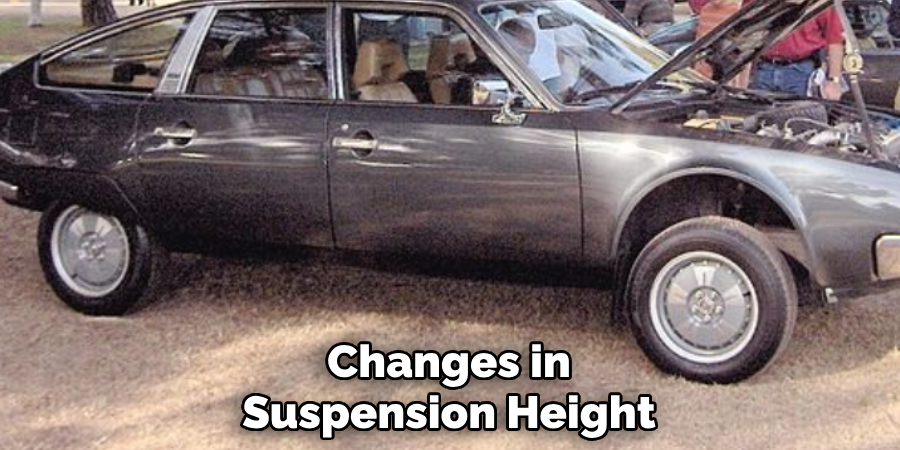
4 . How to Find Pinion Angle
To find the pinion angle, you will need to measure the angles of both the driveshaft and the differential yoke. These measurements can be taken using an angle finder or an inclinometer. Once you have these measurements, you can calculate the difference between them to determine the pinion angle.
5 . Seek Professional Help if Needed
Finding and adjusting the pinion angle can be a challenging task, especially for those who are not familiar with vehicle mechanics. If you are unsure about how to find and adjust your vehicle’s pinion angle, it is always best to seek professional help from a mechanic or suspension specialist.
6 . Regular Maintenance is Key
To prevent any potential issues with the pinion angle, it is essential to include it in your regular vehicle maintenance routine. Check and adjust the pinion angle if necessary every time you make changes to your suspension or drivetrain components.
7 . Do Not Ignore Warning Signs
If you start to notice unusual vibrations, clunking noises, or accelerated wear on your drivetrain components, it could be a sign of an incorrect pinion angle. Do not ignore these warning signs and address them promptly to avoid further damage.
Frequently Asked Questions
What Precautions Should I Take Before Finding Pinion Angle?
Before finding a pinion angle, make sure to have a level surface and proper safety equipment. It is important to work on a level surface in order to get accurate measurements. Additionally, having proper safety equipment such as gloves and eye protection is important to prevent any injuries during the process.
Can I Find Pinion Angle on My Own?
While it is possible to find pinion angle on your own, it is recommended to have a professional mechanic or alignment shop do this for you. They will have the proper equipment and expertise to accurately measure and adjust the pinion angle.
How Often Should I Check My Pinion Angle?
It is recommended to check your pinion angle at least once a year, or more frequently if you have made any modifications to your vehicle’s suspension. It is important to keep the pinion angle within the manufacturer’s recommended specification for optimal performance and safety.
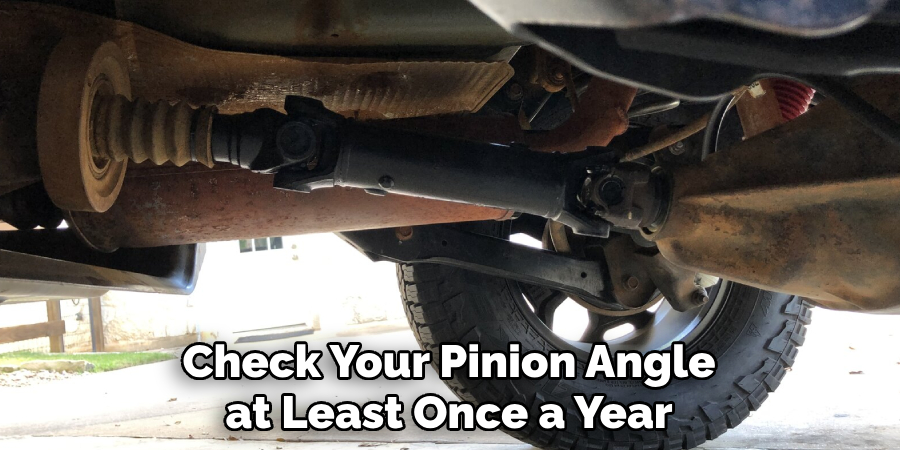
What Tools Do I Need to Find Pinion Angle?
To find pinion angle, you will need a protractor, measuring tape, and jack stands. A digital angle finder can also be helpful for more precise measurements. It is important to use quality tools and follow proper procedures to ensure accurate readings.
How Much Does It Cost to Get Pinion Angle Adjusted?
The cost of adjusting pinion angle can vary depending on the vehicle and the alignment shop. On average, it can cost anywhere from $50-$200 for a professional mechanic to adjust the pinion angle. Keep in mind that this cost may also include other necessary adjustments such as camber and toe.
Can I Drive with an Incorrect Pinion Angle?
It is not recommended to drive with an incorrect pinion angle for extended periods of time. A misaligned pinion angle can cause uneven wear on tires, decreased fuel efficiency, and potential drivetrain issues. It is important to address any issues with the pinion angle as soon as possible.
Can I Find Pinion Angle on a Lifted Vehicle?
Yes, it is possible to find pinion angle on a lifted vehicle. However, this may require additional steps and adjustments due to the changes in suspension geometry. It is recommended to consult with a professional mechanic or alignment shop for accurate measurements and adjustments.
Conclusion
Now you know how to find pinion angle. As a reminder, pinion angle is the measurement of the angle between the driveshaft and the pinion gear, which is essential for proper driveline operation. It affects torque transfer, power delivery, handling and ride quality, so it’s crucial to have the correct pinion angle.

About
JeepFixes Team is a skilled author for Jeep Fixes, bringing 6 years of expertise in crafting a wide range of jeep fixes. With a strong background in jeep fixes work, JeepFixes Team’s knowledge spans various types of fixtures, from decorative pieces to functional hardware, blending precision with creativity. His passion for jeep fixes and design has made him a trusted resource in the industry.
Professional Focus:
Expert in Jeep Fixes : JeepFixes Team aesthetic specializes in creating durable and innovative jeep fixes, offering both appeal and functionality. His work reflects a deep understanding of jeep fixes techniques and materials.
Sustainability Advocate : He is dedicated to using sustainable practices, ensuring that every fixture is crafted with eco-friendly methods while maintaining high-quality standards.
In his writing for jeep fixes, JeepFixes Team provides valuable insights into the latest trends, techniques, and practical advice for those passionate about jeep fixes, whether they are professionals or DIY enthusiasts. His focus on combining artistry with engineering helps others discover the true potential of jeep in design.
